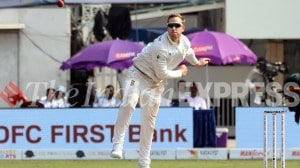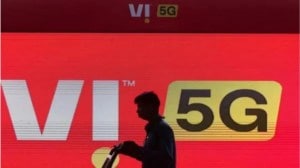The maths of timing a populist move just before polls
When two political objectives are in conflict, it makes sense for the ruling party to announce the more popular one during the second half of its tenure, a statistical analysis finds
By Gopal K Basak (Indian Statistical Institute, Kolkata), Mrinal K Ghosh (Indian Institute of Science, Bangalore) & Diganka MukherjeE (ISI, Kolkata)
Democratic politics is all about winning elections. A ruling party enjoys the benefit of having an option of changing policies, or making new ones, to maximise its chances in an upcoming election. These policies can be aimed at achieving different objectives, like bringing down prices, that are seen as favourable for getting the support of the people.
The problem is favourable objectives are not entirely independent of one another. Efforts made to achieve one objective often have an impact on others, very often in unfavourable ways. There are trade-offs to be made, especially in matters relating to economic decisions. A classic example is the pair of unemployment and inflation.
It is fairly well established that these two variables have an inverse relation. Attempts to reduce unemployment often result in an increase in inflation. Similarly, controlling inflation often leads to rise in unemployment. Exceptions have been observed, but the rule mostly holds.
We were interested in studying the kind of economic decisions that ruling parties take and whether the timing of these decisions maximises their support among people in the subsequent election. For our study, we decided to examine how ruling parties tackle this twin problem of unemployment and price rise.
A widely accepted political business cycle model in economics says that ruling parties are likely to take popular decisions towards the latter half of their tenure compared to the earlier half because of short public memory. Decisions taken nearer an election are believed to have a greater influence on people’s voting behaviour.
In our study, we made the assumption that unemployment was a bigger problem, and creation of jobs would bring higher political capital to the ruling party compared to controlling price rise. With that in mind, we tried to make deductions about the nature and timing of interventions a ruling party should make to maximise its appeal among voters.
This kind of problem can be set up and solved through mathematical models. We did a calibration exercise by plugging in the average values of relevant macro data such as inflation, unemployment, and growth rates. We then carried out simulation exercises to see the kind of outcomes that are revealed by making interventions at different times in the political business cycle.
What we found was not very surprising. The results reinforce conventional logic that it is advisable to push for more popular decisions nearer the elections. In the particular example of our study, the results show that the ruling party would be able to maximise its voter appeal by taking steps to create jobs towards the latter half of its tenure as compared to earlier half, even if that leads to inflation. This is true if people are more concerned about unemployment than price rise.
When we looked at some actual scenarios from a few countries in Latin America, such as Brazil and Peru, which have seen lot of political uncertainties, we did find some support for our results. Governments in these countries did actually make lots of policy changes nearer the elections and these policies related to popular issues, ones that were more likely to fetch votes.
Intuitively, this would seem to hold true in the Indian political system as well. But, as of now, we are in no position to claim the validity of our results within the Indian system, for the simple reason that we have not used data from India for our study.







